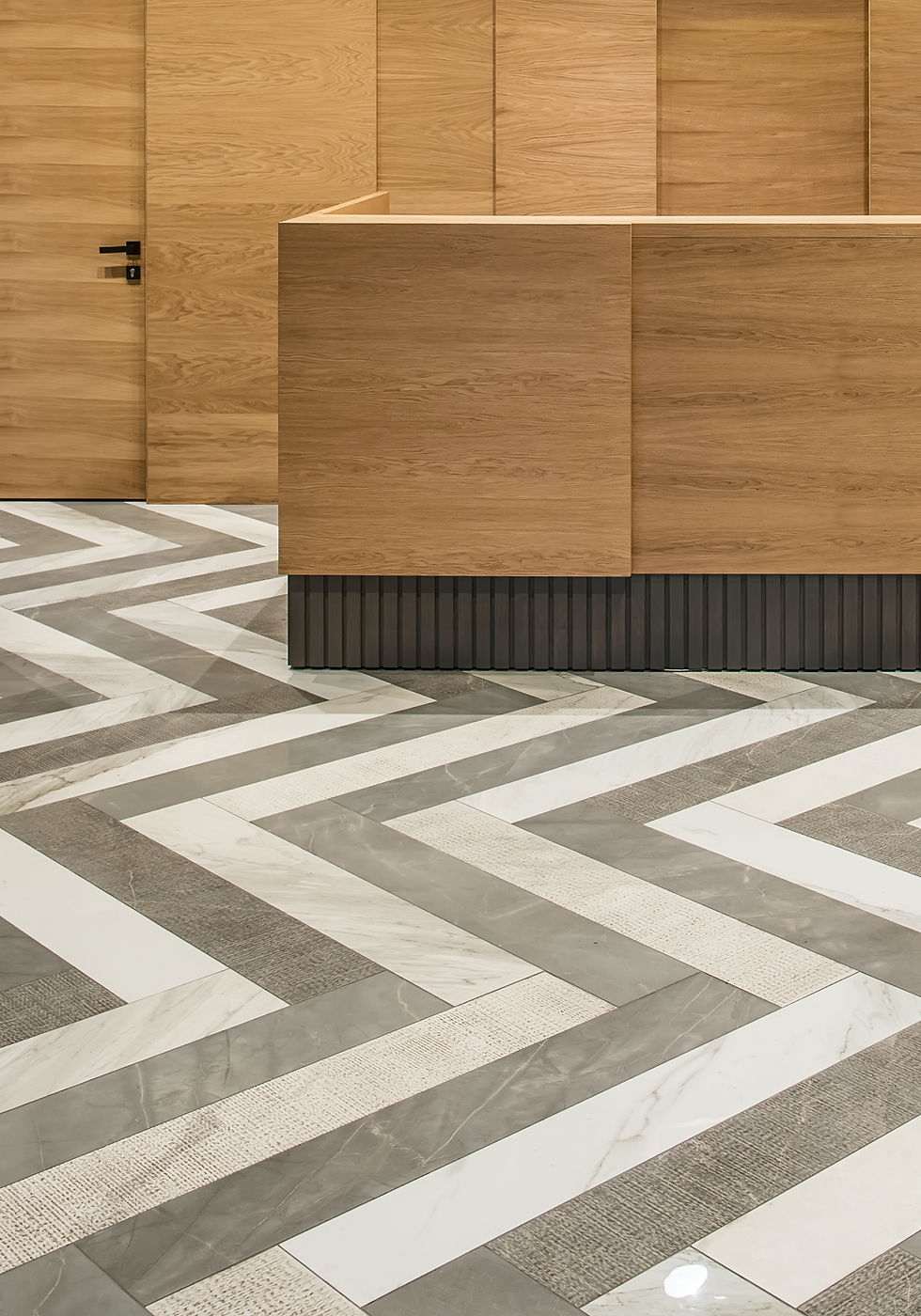Unveiling Elegance: Choosing the Best Tile for Your Bathroom

Introduction:
Selecting the best type of tile for your bathroom is a critical decision that impacts both the aesthetics and functionality of the space. In this comprehensive guide, we will explore valuable tips and considerations to help you make an informed choice when it comes to the type of tile for your bathroom, ensuring a harmonious blend of style, durability, and practicality.
Prioritize Porcelain Tiles:
Porcelain tiles are renowned for their durability, moisture resistance, and versatility, making them an ideal choice for bathroom floors and walls. With a low water absorption rate, porcelain tiles are less prone to damage from water exposure, making them suitable for the high-moisture environment of bathrooms.
Ceramic Tiles for Timeless Appeal:
Ceramic tiles are a classic and cost-effective option for bathroom walls. They are available in a wide range of styles, colors, and patterns, allowing for creative design choices. While not as impervious to water as porcelain, ceramic tiles are still a popular and durable option for bathroom walls.
Natural Stone Elegance:
Natural stone tiles, such as marble, granite, or travertine, add a touch of luxury and elegance to bathroom spaces. While these tiles require proper sealing to protect against moisture, they offer unique patterns and textures that can elevate the overall aesthetic.
Choose Large-Format Tiles:
Opting for large-format tiles minimizes the number of grout lines, creating a visually expansive and cohesive look in the bathroom. This not only contributes to a modern aesthetic but also reduces the maintenance effort associated with cleaning grout.
Explore Slip-Resistant Tiles:
Bathroom floors can become slippery, especially when wet. Prioritize tiles with slip-resistant surfaces, particularly for bathroom flooring. Look for tiles with a textured finish or those specifically designed to provide traction and prevent slips.
Consider Non-Porous Tiles:
Non-porous tiles, such as glazed porcelain or ceramic tiles, are resistant to water absorption. This property makes them an excellent choice for bathroom surfaces, as they are less prone to water damage, staining, and the growth of mold or mildew.
Glass Tiles for Visual Interest:
Glass tiles can be used to add visual interest and vibrant colors to bathroom walls. While they are commonly used as accent tiles or in shower areas, it's essential to consider their placement to avoid excessive water exposure, which may impact long-term durability.
Evaluate Budget-Friendly Options:
If budget constraints are a consideration, there are cost-effective tile options that still offer durability and style. Vinyl tiles and ceramic tiles, for example, can provide a budget-friendly alternative without compromising on aesthetics.
Understand PEI Ratings:
If you're selecting tiles for bathroom floors, pay attention to the Porcelain Enamel Institute (PEI) rating. Higher PEI ratings indicate increased durability and resistance to wear, making these tiles suitable for high-traffic areas such as bathroom floors.
Consider Low-Maintenance Options:
Tiles with low maintenance requirements are ideal for bathrooms. Choose tiles that are easy to clean and resistant to staining. This ensures that your bathroom remains pristine with minimal effort.
Personalize with Mosaic Tiles:
Mosaic tiles allow for creative expression and personalized designs. They can be used as accent pieces, borders, or to create intricate patterns on bathroom walls or floors. Mosaic tiles add a unique touch to the space.
Test Samples in Your Bathroom:
Always test tile samples in your bathroom before making a final decision. Lighting conditions, the size of the space, and existing elements can influence how the tiles appear. Testing samples ensures that the chosen tiles align with your vision for the space.
Conclusion:
Selecting the best tile for your bathroom involves a careful consideration of factors such as durability, moisture resistance, aesthetics, and budget. Whether you choose porcelain for its durability, ceramic for its timeless appeal, natural stone for its elegance, or a combination of various tiles for a customized look, the key is to find the perfect balance that suits your preferences and meets the unique requirements of your bathroom. With these considerations in mind, you can embark on your journey to create a bathroom space that not only reflects your style but also stands the test of time.


Comments